.
The Best Haiku of 2025
The Winner and Runners-Up of the Society of Classical Poets 2025 Haiku Competition
Judged by J. Thomas Rimer and Margaret Coats (see their remarks below)
See all entries here
.
COMPETITION WINNER
Pine shadow stretches
A spine on the grassy field
Unobtrusively
—Rifka Kaplan-Peck
.
.s
HIGH DISTINCTION
.
aloha print shorts
on a wave riding the moon
to a bamboo hut
—David McMurray
.
.
Mist lifts from the sea
The pohutukawa burns
On a salt-kissed shore
—Mike Johansson
.
.
stillness in the pond
a dragonfly splits the light
without making sound
—Shofiqure Rahman
.
.
RUNNERS-UP IN SEASONAL ORDER
.
I, food for the worms
Worms become food for the birds
Birds, beauty and song
—David Drizner
.
.
reincarnation . . .
the late gardener’s seed packets
ready for planting
—Ron C. Moss
.
.
graduation day . . .
a baby grasshopper jumps
through the barbed wire fence
—Cezar Ciobica
.
.
after the first rain
a boy buries his sandals
beneath the wet field
—Ryan McCartney
.
.
bank holiday beach
barely room for flesh to tan
between the tattoos
—Andrew Shimield
.
.
Yellow crab spider
on a beach of greenery—
mayflies the seagulls
—Daril B. Bentley
.
.
Two chairs in the sun,
your hand brushing mine slowly,
ice melts in the glass
—Matias Basso
.
.
little night music—
Mozart in the canopy
cricket on the leaf
—Zvonko Jurcevic
.
.
field of lightning bugs
for an instant one perfect
moment of darkness
—Scott Mason
.
.
My eighty-two years
Sailing still in calm waters
Breathe among the frogs
—Scharlie Meeuws
.
.
indian paintbrush
spikes like crimson firecrackers—
seeds of prairie fire
—Sam Kauffman
.
.
in sweltering heat
the sudden screech of sirens
stilled streets jolt alive
—Rita Pomade
.
.
behind glass, seals dive
wide-eyed kid watches bubbles
red snow cone mustache
—Paul Engel
.
.
A dead grasshopper
All around in withered grass
Its neighbors still sing
—Louis Groarke
.
.
Lord, I’ll pursue you
as the swift wave does the shore,
breaking as I go
—Nuala Carr
.
.
Desert sands at dusk
The hourglass empties again
Into starry sky
—Priscilla Pittington
.
.
the warm summer sea
does not ask who I once was
it just lets me float
—Kseniia Klesova
.
.
old age wanderlust—
a slug stretches its eyestalks
into summer sun
—Meera Rehm
.
.
weary trees drop leaves
crispy from the heat of drought
aching for autumn
—Gigi Ryan
.
.
Old and enduring,
white light shines on dusty road—
pilgrims and the moon
—Emily Meng
.
.
red leaves and yellow
falling on the woodland path
slow me on my way
—Vera Kochanowsky
.
.
one by one falling
the chestnut leaves making room
for the milky way
—Eduard Tara
.
.
empty autumn beach
I write your name on the sand
waves forget for me
—Kindall Kirby
.
.
Miniscule cell walls
I wish our prison had plants
I’d break every pot
—Rich N.
.
.
Sleep slowly dances
On a frosty window sill
Inviting the night
—Simar Sodhi
.
.
Footprints in the snow,
leading where I cannot go,
melt before I learn
—Grishma Ruiya
.
.
dingy, splotchy white
winter tiger’s toothless fight
shadowboxing light
—Portly Bard
.
.
Judges Comments
In the winning haiku by Rifka Kaplan-Peck, a “pine shadow stretches a spine” over a field. Indistinct images of trunk and branches resemble a human backbone and connected skeleton. The tree dominates the natural scene, for the shadow stretches “unobtrusively,” and passersby might pay no attention while stepping on it. A five-syllable word always challenges a haiku writer to use it effectively, and here Kaplan-Peck surpasses the challenge, for “unobtrusively” serves to characterize the poem. No word describes the tree directly—only its shadow. The rhyming word “spine” in the haiku’s middle line helps reinforce the tree’s identity. The necessary seasonal reference is unobtrusive, too, for a pine is often a “friend of winter.” Only grass in the field and the apparent length of the shadow speak rather of summer. All in all, this poem is a model of highly-prized haiku understatement. The five-syllable word “unobtrusively” fits its context, but indicates as well the overarching perspective of the poem.
“Aloha print shorts” starts off the superb surfing haiku by David McMurray. The shorts represent a summer picture, because intrepid surfers may take to the waves at any season of the year, if garbed in warm and safe wetsuits. The middle and last lines describe the ideal ride every surfer dreams about: high as imagination will carry him, coasting down without a fall or injury on a long, long slope to a beachside home. No better way to reach the height than by riding the moon! The destination, “a bamboo hut,” recalls the humble residence of at least one Japanese haiku master. And when the wave takes the surfer there, the ride is perfect because he need not pick up the surfboard and walk. This is an exciting topic the early Japanese masters didn’t address. Nevertheless, it makes splendid use of the haiku form’s potential energy.
Another expert way of dealing with a five-syllable word appears in Mike Johansson’s haiku. He places the pohutukawa, or brilliant red New Zealand Christmas tree, precisely in the center of the poem. From November to January (summer in the Southern Hemisphere), its flamboyant flowers attract all eyes as it appears to burn off the mist from a shore that’s doubly warm because it’s “salt-kissed” by surrounding seas. The haiku is blazing tribute to a beautiful scene created through a beloved national symbol.
The dragonfly haiku by Shofiqure Rahman presents another striking example of color, without mentioning a color name. The middle line says the dragonfly “splits the light” with its wings of gauzy material that function like a glass prism shaping a rainbow. Dragonflies may look green or blue or orange or purple or any color of the visible spectrum, depending on the temperature, the season, the individual insect, and the angle of viewing. The display contrasts with motionless stillness of pond water in the first line—and with the lack of sound in the air of the final line. This well-framed haiku depicts a creature with variations comparable to those of the poetic form itself.
It’s worth saying a little more of light and color. When Emily Meng’s almost mystic haiku speaks of “white light,” the reader should know that traditional pilgrim attire in China and Japan is white. Sam Kauffman’s painterly haiku depicts a uniquely American scene, telling of the Indian paintbrush plant and its orange-red flowers with red or yellow upper leaves. The broad brushstrokes span the prairies. Scott Mason mentions an extremely unusual “moment of darkness” in a field of lightning bugs. Anyone familiar with fireflies is aware that an individual insect’s “dark time” is longer than its “bright time.” Yet for a field with a large population on a summer evening, the probability of all coinciding in darkness at once is so slim as to be startling!
Suitable motion (like that of Basho’s frog jumping into the pond) is the great merit of some poems here. Vera Kochanowsky uses the word “slow” to pause her haiku’s final line. It lets her intensify a lingering focus on the picturesque quality of colored leaves seen on the ground. For Nuala Carr, “breaking” portrays a wave as part of its nature, and still more so, perhaps, describes the human speaker in pursuit of God.
In an amusing way, motion explains the effect in Paul Engel’s haiku. The wide-eyed kid watching an aquarium show sees bubbles when the seals dive. Without thinking, he himself makes bubbles into his red snow cone—and that action produces the red mustache on his face. Ryan McCartney, observing a boy in a field after an early rain, notices his sandals sink into the mud. Naturally, the boy will prefer to go barefoot for the summer and let the sandals stay buried in the field.
Special technique distinguishes some poems. David Drizner creates the only “chained verse” haiku the judges remember. Chained verses, or lines in which each last word must be the first in the next line, would seem to better fit a poem of more lines. There are a number of good “chained verse” sonnets, but Drizner’s haiku creates an equally pleasing effect, opening out into a surprisingly uplifting conclusion. Miniaturization, or shrinking a scene to a tiny scope, is a classic technique suited to haiku and occasionally used by Japanese masters. Daril B. Bentley offers a perfect example in his beach leafscape populated by a crab spider and some mayflies.
One runner-up haiku doesn’t meet requirements of the traditional form, yet acknowledges them. Rich N. proves he knows haiku technique in another entry with a nature scene and season reference. His prison haiku, however, lacks anything of nature except the prisoner’s wish for plants, absent from the sterile space that spurs him to a destructive outburst in the final line. Natural and powerful enough!
Good simple haiku may merely set a scene and leave interpretation of any kind up to the viewer or reader. Kseniia Klesova does this so well that her haiku is open to opposing interpretations. It can be read as a pleasant and carefree dip in the summer sea, or a death song for a body afloat in the ocean.
Matias Basso devotes all three of his love haiku to simple description—of which the judges present a single favorite above. Yet following this method, Basso nonetheless achieves nuance of character and narrative in each, and in the three poems together.
Haiku make an admirable impression when words effectively represent not just a season, but a certain point (beginning, middle, or end) within it. Many Japanese kigo (seasonal references) are understood to specify such moments. In the above group of poems, two deserve great credit. The first is by Gigi Ryan, describing weary trees with crispy leaves at the end of a drought-plagued summer. Ryan’s poem does not name summer at all, but locates her haiku with the expression “aching for autumn.”
Portly Bard creates an extraordinary end for winter, line by line. The haiku begins with utterly unattractive snow. It proceeds to portray a decrepit winter tiger, vainly “shadowboxing” the increasing light that warns of spring’s rapid approach. And the three lines rhyme perfectly.
The judges have not commented on each of the runners-up, for none need our help, and the remaining splendors transcend our efforts. We honor all listed above as the best of more than 1,200 haiku submitted by 510 writers in the 2025 Society of Classical Poets Haiku Competition. Haiku in English, following traditional standards, represent a significant part of formal poetry’s ongoing impressive achievement. This brief form, with a longstanding tradition outside Western literature, has proved itself accessible and sensitive in many languages. In English, it offers an unparalleled opportunity for creative excellence to a worldwide array of writers.
Many thanks to every one who participated!
.
.



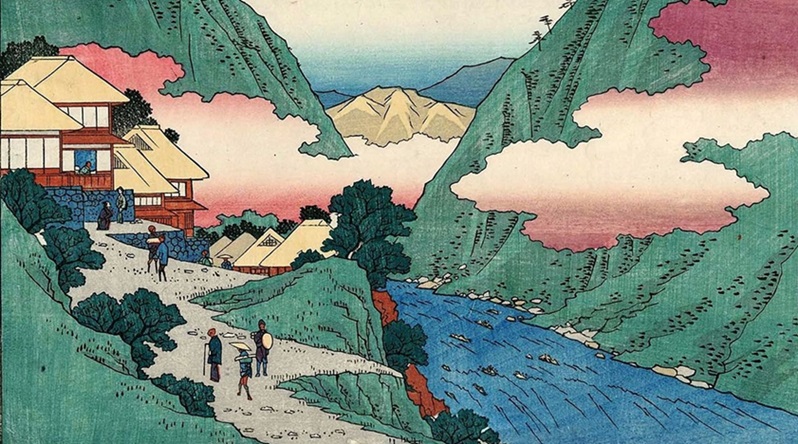

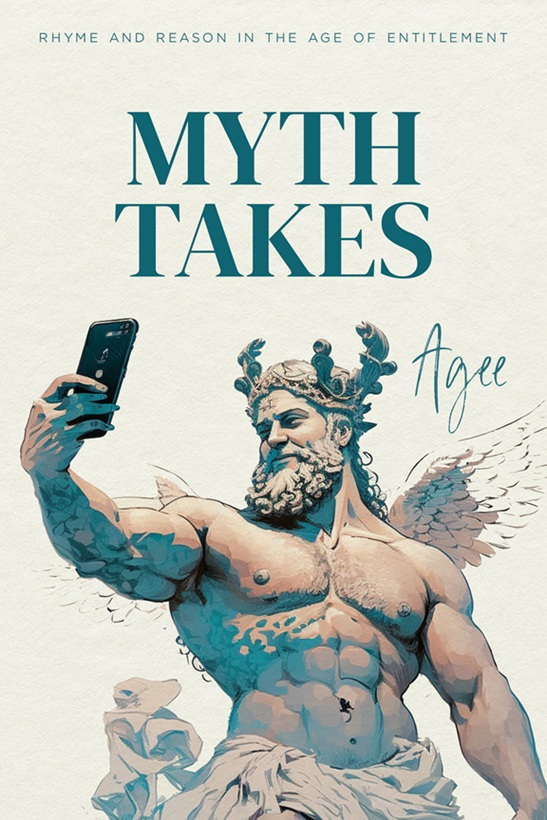


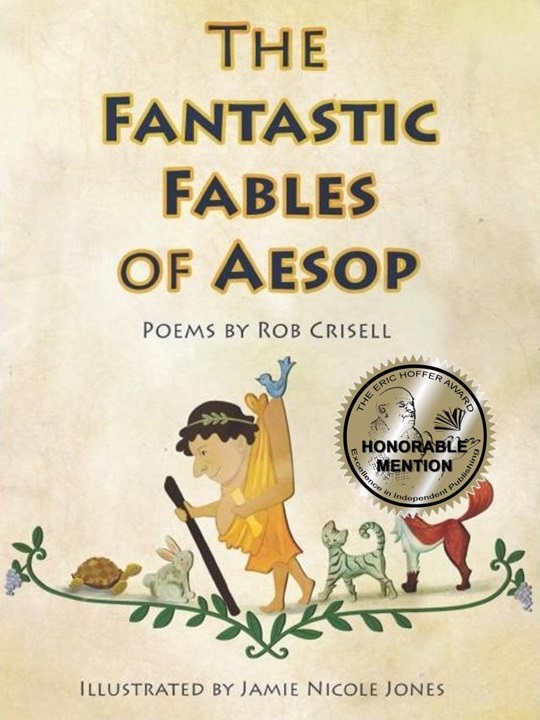
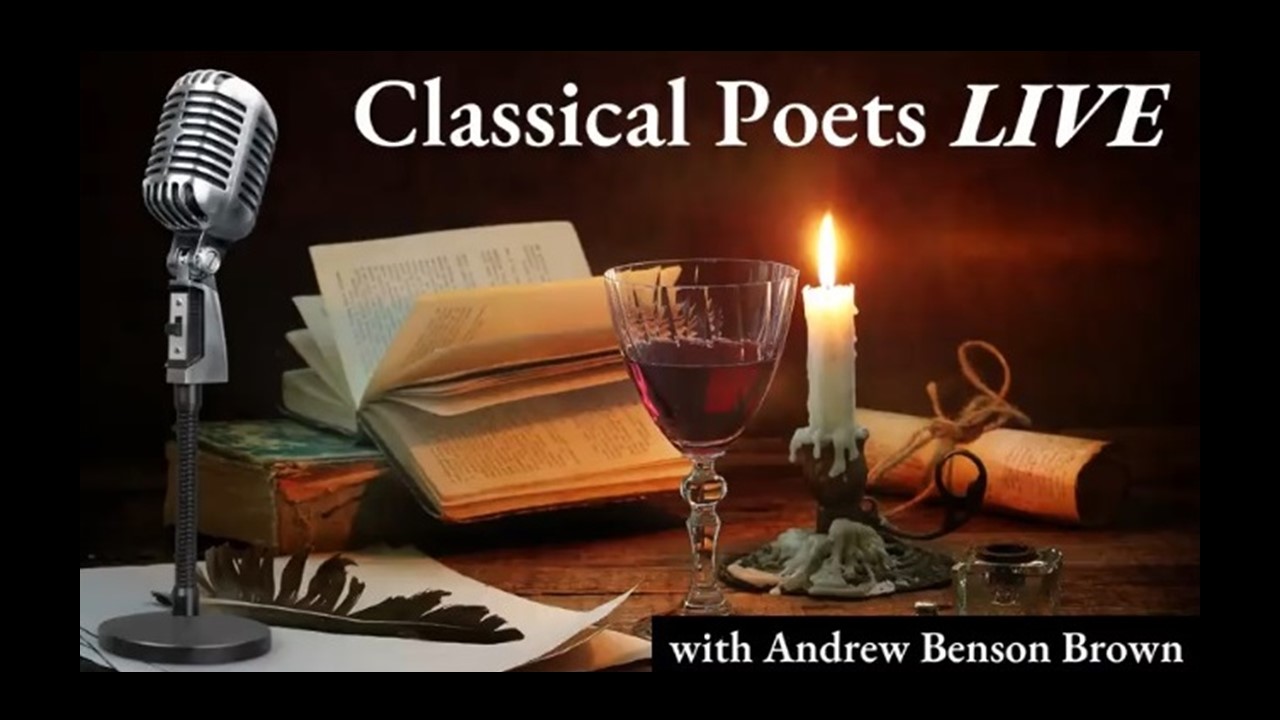

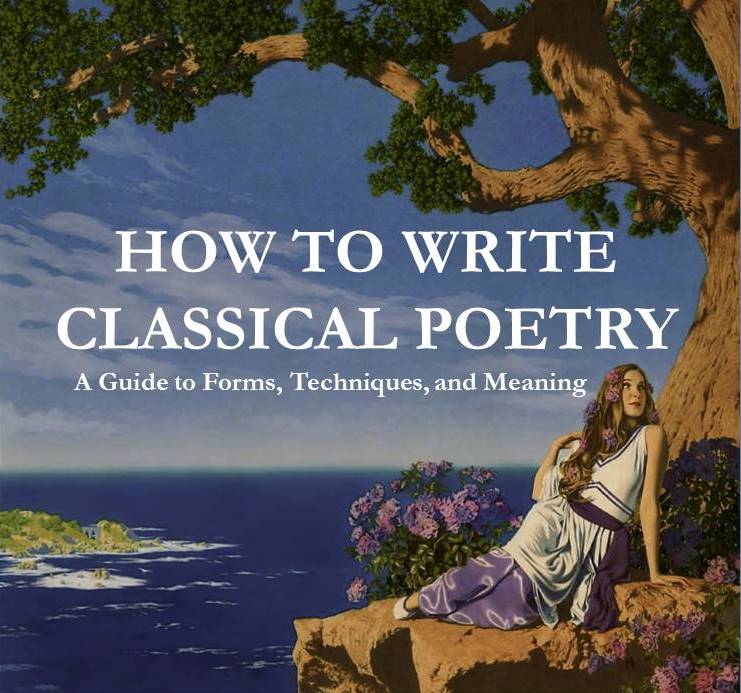




Congratulations to all.
Such an interesting and enjoyable collection of haiku. I love the variety! Congratulations to those selected!
Congratulations to all the winners. I love all the Haiku poems! Well done!
Thanks to JTR and Margaret who had a monumental job in judging and have obviously done it well.
And congratulations to all the winners. If I’m to compete with the standard of haiku on display next year, I’d better get started now, and include several re-reads of the judges’ choices.
My overall favourite haiku, maybe because as a boy I collected conkers in late summer and was so interested in astronomy, always in the back garden at night with my telescope, was Eduard Tara’s haiku about chestnut trees and the Milky Way.
Mine, too.
Many many congratulations Rifka for your win and everyone else whose pieces made it to the Best Haiku of 2025! Every piece is a delight.
Thank you, Shamik!
Beautiful poems. Well done everyone. I especially liked the winner and Michael Johannssen’s poem about the new Zealand Christmas trees. It evoked many memories. Scharlie Meeuws poem was also a great read… a thought provoking wry look at the seasons of life.
Congratulations to Rifka Kaplan-Peck and all who placed. And a huge thanks to the judges, Margaret and Dr. Rimer! I look forward to this contest and the results every year.
These are my favorites from the list.
Shofiqure Rahman’s: the main verb splits the poem, without breaking anything, not even silence.
Scott Mason’s: it takes all those little lights to bring out the power of a moment of darkness.
Nuala Carr’s rough-edged smooth-shaped prayer of ecstatic aspiration.
Meera Rehm’s: the slug is repulsive, cute, and relatable at once. Reminds me of a Milosz poem that describes an old toad and ends with the realization: “And one sees clearly: that’s me.”
And special congratulations to David Drizner, Ron C. Moss, Cezar Ciobica, Zvonko Jurcevic, Emily Meng, and Eduard Tara. Your poems are wonderful.
Congratulations to all winners and to entrants for making the effort. The work and talent involved in judging and exposition is astounding as always but especially this year with so many entries. The Haiku closest to my heart is Nualla Carr’s, three short lines that express an uncountable number.
Beautifully put, much better than I was able to!
All the poems are beautiful-written from the heart!
The image of how the dragonfly “splits the light” is one I’ll keep!
Margaret —
My thanks to you and Dr. Rimer for yet another valuable edition of this highly unusual annual contest where critical judgment braves the fact that all works of all entrants are published and accessible to commenting entrants, members, and public readers throughout the solicitation.
By virtue of the inherent accountability such visibility provides at zero cost to the entrant, the haiku competition becomes, in my view, the annual SCP event by far most consistent with its corporate mission.
In addition, you face the very difficult challenge of promoting the emulation of a non-English form that requires no semblance of English verse, that has very traditional Japanese roots to honor, and yet that has a large popular following paying only very selective attention to that heritage. Your judging also faces those who do not consider such emulation poetry at all, and a body of public and academic opinion that seems widely divided on how excellence in such English adaptation is achieved.
The fact that you are willing to thead that needle and that you continue to grow interest is a godsend to all those intrigued with the form who are getting published, getting opportunity for peer comment, gaining access to the entire submission inventory, and getting the benefit of your critical, case-specific thought.
I am very grateful to be among that number both as a recognized entrant this year and as a public reader. Looking forward to next year.
Thank you, Portly Bard, for the wise observations on what the Society of Classical Poets accomplishes with the haiku contest, now in its sixth year. Overall, the Society presents good new poetry in English to anyone willing to read it. “Good new poetry” means poetry emerging from traditional standards acknowledged by good poets of the past. But this is not an elitist project, because elitism isolates the poet from the public who can be his appreciative readers and may become his followers in carrying forward poetic tradition. There is room for creative artistry and innovation; indeed, these are highly valued.
We do occasionally hear antagonism to haiku among certain members of the Society–with a number of reasons being given. But haiku swept the world (and not only the English-speaking world) in the twentieth century, just as the sonnet swept Western Europe in the sixteenth. We recognize its popular appeal, while admitting that its authentic Japanese traditions are often strange. You are correct to say that these traditions may be unfamiliar even to enthusiastic haiku readers and writers. Haiku in English, and in other languages where the form is new, is in the process of development.
And like traditional metrical and rhyming poetry, haiku is encountering modernist hostility that can be destructive of its standards and its beauties. Free verse abandons meter and rhyme; a tendency to minimalize haiku opposes standards of proportion. That’s why it’s important to have places like the Society contest where recognized standards are observed so that creative tradition clearly moves forward, producing a body of admirable poetry that’s fresh each year.
I’ll come back later to visibility and accountability required of our haiku contest judges, and to the wide scope of opportunity offered those who enter.
Since everyone can see all entries in the Society haiku contest, and indeed express opinions about them while the contest is ongoing, the judges (we believe) would be neglectful merely to designate a winner and choose runners-up. Instead, we’ve always explained why the winner is impressive. This, and our remarks on the runners-up, show how poetic standards and traditions involved are being followed–and how each writer has exercised distinctive creativity. In other words, we’re contributing to the critical tradition for good new haiku in English. And while Tom Rimer and I do this from the background of our own knowledge and tastes, we are very much aware of the responsibility to represent the Society of Classical Poets by adhering to standards that come to us from great masters. Each collection of haiku competition results must be a varied array of the very best poems we receive from writers working within a tradition.
For Tom and me, the judging is a delight of lengthy literary discussion. Who else has the pleasure of spending an afternoon each year that way? Two opinions go into all decisions and remarks. We’re close readers who enjoy every detail.
We are always grateful for the haiku expertise gathered here. Because of the spread of haiku throughout the world, many schools and groups and organizations and publications from all continents are represented in the competition entries. It’s an opportunity for us to observe one another. As a brief form dependent above all on observation of nature and season, there’s a special opportunity for non-native speakers of English to excel. That’s also true for less experienced writers, including children who can have poems appear online. Still, many members of the Society who regularly publish other poetry enter the haiku contest. And all contest participants get to meet the Society. They comment, they submit poetry other than haiku, they join.
Like you, Portly Bard, there are some who look forward to this summer event and save the best of their yearly haiku for it. I’m always glad to notice known names, and curious to see what they bring!